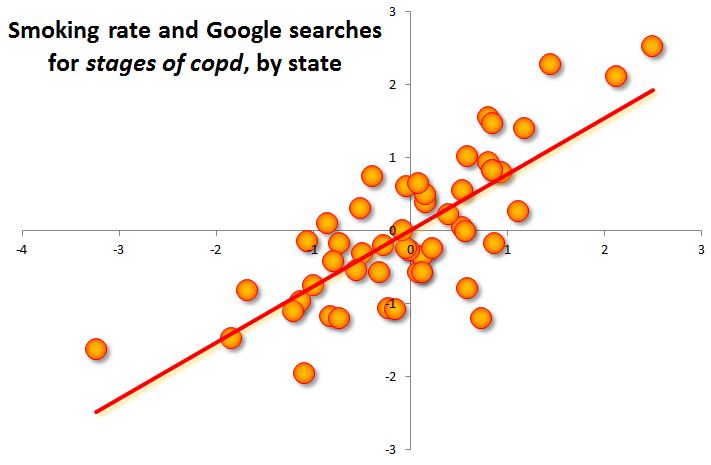American Public Media’s Marketplace posted a short animated video summing up the potential problems with health care as an economic development strategy. Many cities are building large, fancy medical facilities with the hopes of drawing “medical tourists,” patients from other areas who would travel to receive care at state-of-the-art facilities, thus creating jobs and injecting money into the surrounding community. Given that we hear that the need for health care providers will grow greatly in the future, this seems like a risk-free plan. But as the video shows, these development strategies can lead to over-supply of services and increased overall cost of health care, without the promised benefits to local economies:
Oh The Jobs (Debt?) You’ll Create! from Marketplace on Vimeo.
For another example of economic development fads that don’t necessarily pay off, see our previous post about sports stadiums.






















